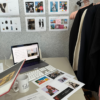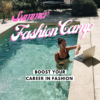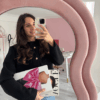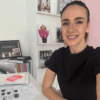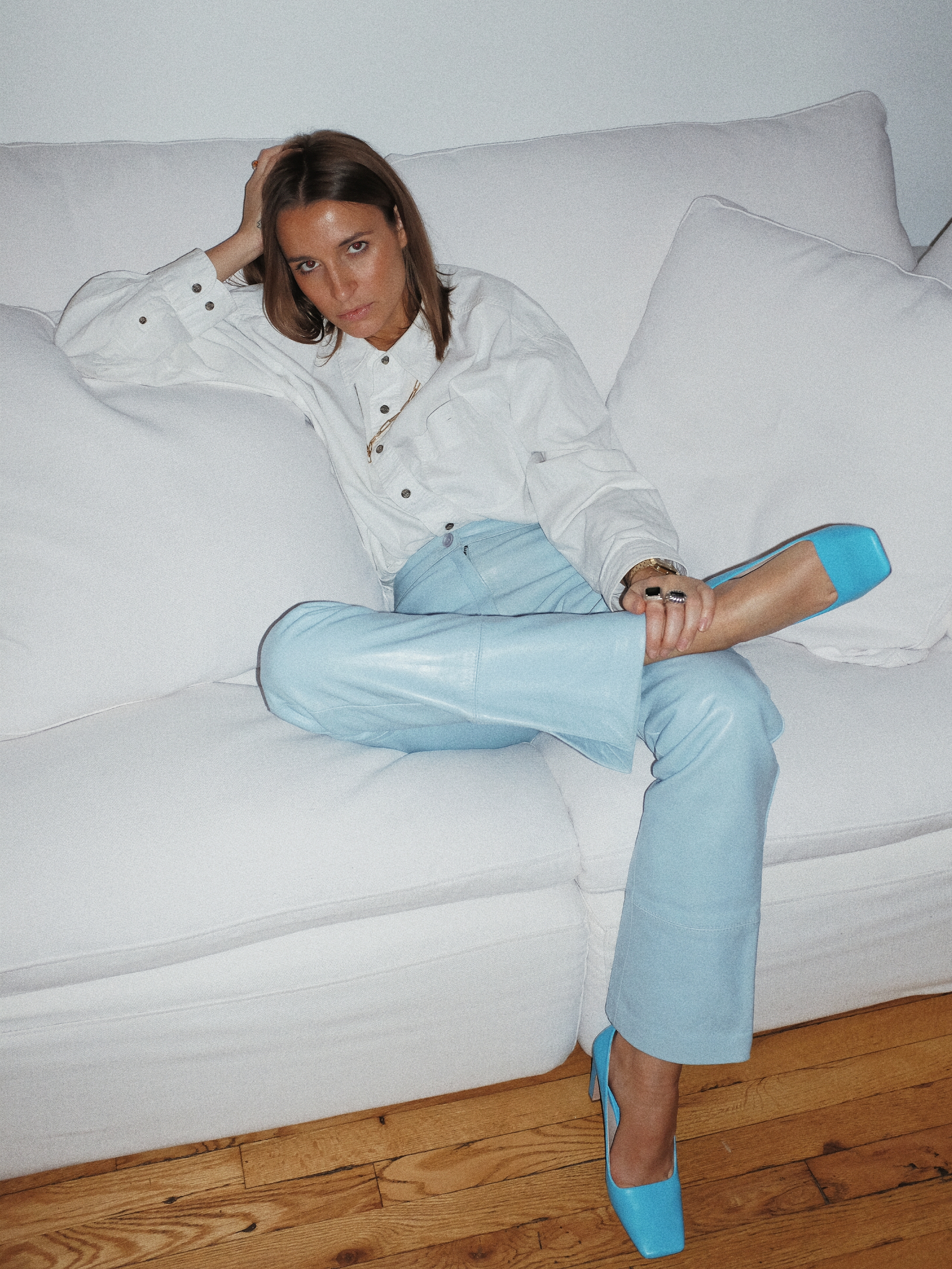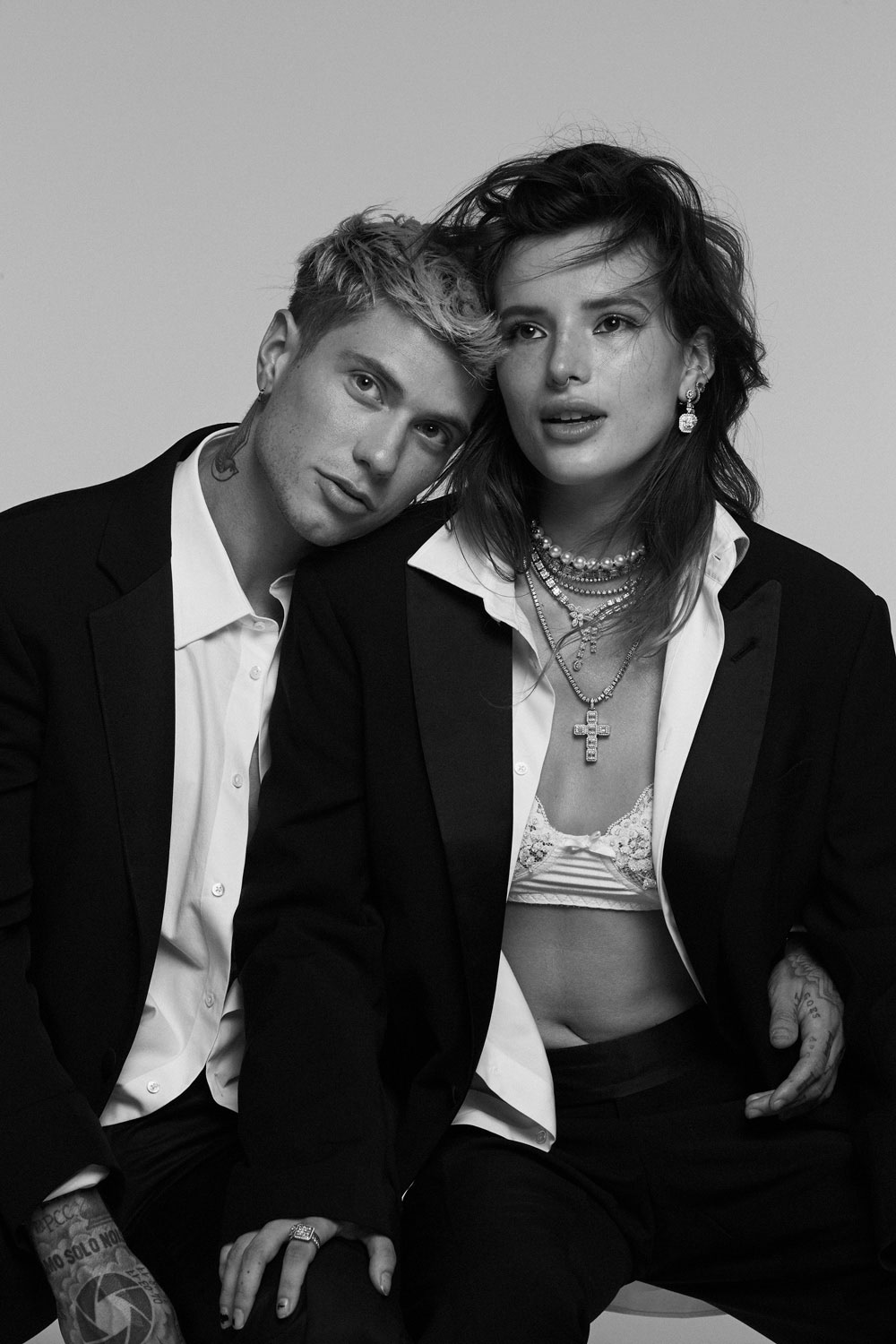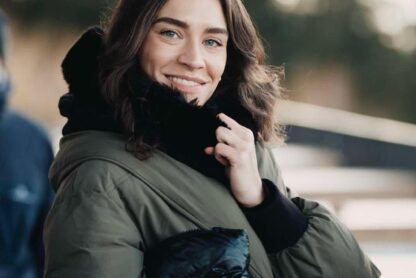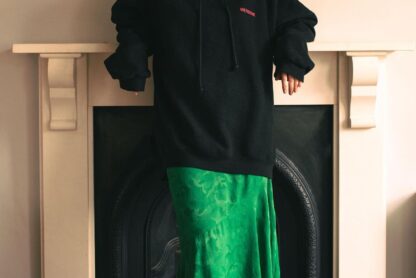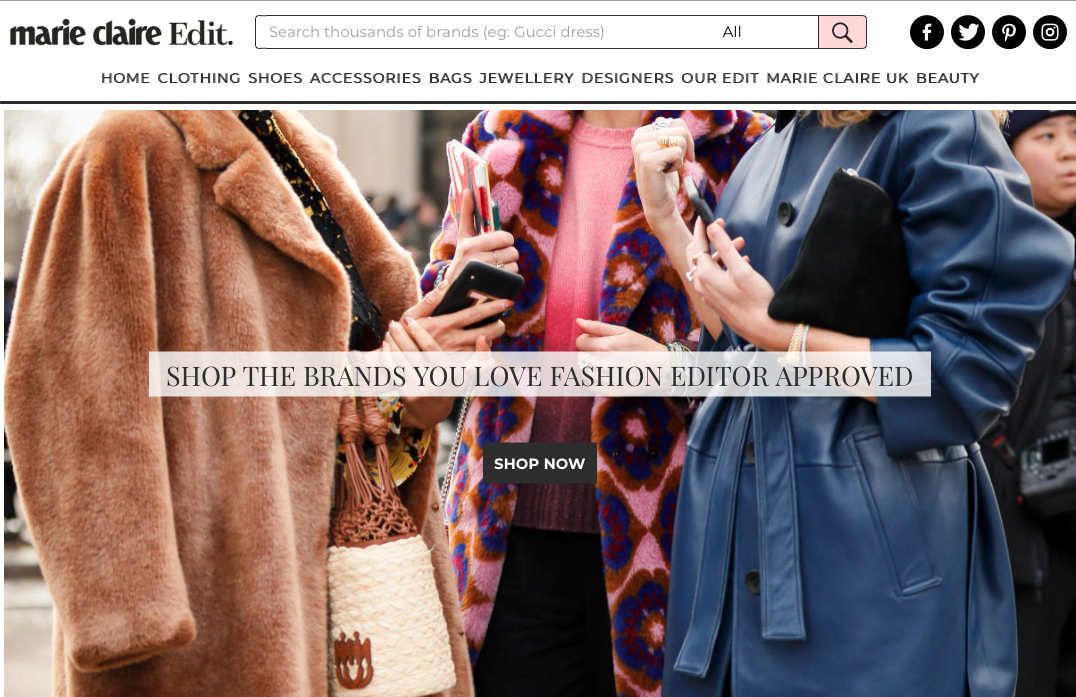Each week I bring you the stories of fashion industry professionals to reveal the different career opportunities in fashion and to inspire you on how to get your dream job by seeing how others got their place in this industry.
This week I’m chatting with Vivien Hackenhaar Senior Footwear Designer who moved from Brasil to work in New York City. We chatted about her beginnings in the industry and why she ended up choosing to specialize in footwear design, why she moved to NYC and how you can do it too, what she does when she gets into the office, her favorite shoes and her tips to make it in fashion
- Hi Vivien and welcome! Could you please introduce yourself?
Hi Giada, thank you. It is a pleasure to talk with you! 🙂
I’m a Fashion Designer originally from Brazil. After gaining experience working at various fashion brands in southern Brazil and Bangkok, I’m currently based in New York City. I’ve been working in the industry for over ten years primarily as a Footwear Designer, I also dabble as a Stylist, Handbags Designer, Swimwear Designer as well as Trend Forecasting.
- What did you study and what was your first job?
I studied Fashion Design. My first job was at a fashion trend portal called Usefashion – a similar idea as WGSN but focused on small business. It was a priority for me to be working in the industry while in school, so I started very early. Having that early experience in the industry in tandem with my education was an education in itself. Really helped me discover my passion for designing and opened up a lot of doors.
- You started, since the beginning of your career, in the footwear department. Tell us about when and how you realized you wanted to become a footwear designer.
It had a lot to do with the opportunities that the market in Vale dos Sinos (in southern Brazil) had to offer. The footwear business is the biggest fashion industry in that region. I was inspired by my peers and saw the possibilities of a career in fashion.
- You worked in Brazil at different fashion companies as footwear designer, what’s the difference between the fashion industry in Brazil and New York, where you’ve been living and working for the past 3 years?
There’s always cultural differences – from how the teams are structured, methods, behavior, hierarchy, and last but not least, lunch breaks. Brazilians take lunchtime very seriously! (hehe) That said, all design teams share very similar goals when creating a collection. So in the end, the daily work ends up being very similar no matter where you are.
- Why have you decided to relocate to NYC?
I had a job offer from Arezzo group where I had worked in Brazil in the past, they were expanding internationally with the Schutz brand and I was called to be one of the designers.
- There are many young talents who dream to work and live in the big city, what are your tips on moving to the fashion capital and get a job in a new city? Would you recommend applying before you move or move first and then apply?
I believe if your dream is really strong you will end up making it happen, it doesn’t matter the way. I’ve been fortunate to have always received the job offer first so I could consider all that was involved before making decisions. It’s a big life choice. The best way is to have the clearest picture possible. It depends on one’s strength and structure to deal with all that can come. The fashion industry knows how to recognize talent. If you have it, and are brave enough to speak your voice, you will find your place.
- Can you describe your role as Senior Footwear designer? What do you do when you get into the office?
I’m responsible for creating collections. So I take into consideration the brand’s aesthetic and history to create a fresh vision for the newness this brand will bring to the market. This involves trend analysis, fashion research, mood boards, sketching, fitting, visual merchandising – it’s a bit of everything. Being flexible to jump on different tasks that may pop up is also important.
In the past, responsibilities outside of my role have also included developing product and trends training for retail and wholesale teams, creating product guide magazines for stores, creating concepts for campaigns, styling for shootings. It can change from place to place depending on the brand’s needs and what you can add to the table.
Now unfortunately, due to the pandemic my team and I are adapting to a routine of working from home. Our process hasn’t changed much other than it now involves us relying on technology to coordinate and complete our goals.
Psss, quick interruption: Want to get a job in fashion with no stress and in a short time? Register to my free online class on 4 proven strategies to get a job in fashion
- What does a day in your life look like these days? How do you manage your work from home and how are you staying creative?
I thrive on maintaining a healthy routine. It’s really important for me to have “me time” before work. Usually I wake up at 7am, followed by meditation and yoga, then a nice hot shower, after which I get dressed even though I’m working from home (exploring outfits is a major creative outlet of mine), and then I have a healthy breakfast before work.
For creativity, I like to keep a balance in the routine where I’ll have time to relax and not think too much. That’s where meditation and yoga really help create this space for fresh ideas to manifest. Watching old movies, being outdoors surrounded by nature, and reading are things that inspire me too.
- Your favorite pair of shoes in your wardrobe?
Right now are thong sandals and square toes.
- What are your tips for those who want to get a job as a footwear designer? Do you think it’s necessary to study fashion design?
Going to a fashion school can bring a lot to the table. But I don’t see it as being 100% necessary – I know successful designers that got there without it. You need to be very passionate about what you do. Need to love fashion. Be curious and fast with what is happening around you. Have determination, flexibility and patience also. Things will not always come the way we want them or as fast we’d like but there is a lot to learn inside this industry. Keep your mind open, be nice, keep learning, believe your talent, take initiatives and express your vision. It is a constant evolution.
